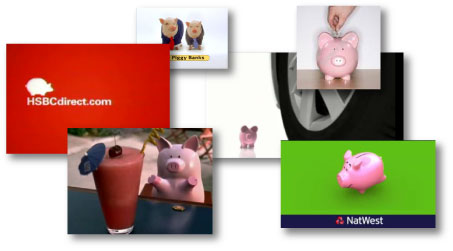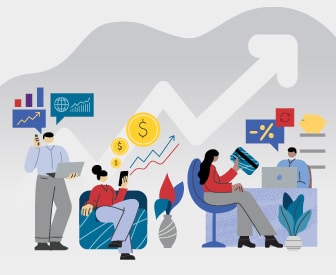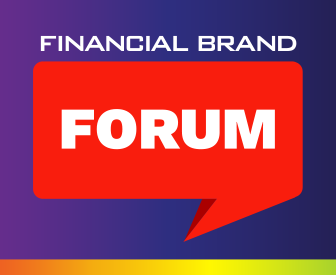If piggy banks weren’t dead at the outset of the economic meltdown, they were probably on their way. With the relative value of loose change dropping in the eyes of today’s youth, it looked like it might be time to say goodbye to good old Mr. Piggy Bank.
Then the recession hit.
Now you have to wonder if piggy banks won’t come off life support. Deflation combined with a renewed focus on thrift will could give new hope for this venerable but weary financial icon. It could be a “Recession Resurrection,” kind of like layaway, which has also made a comeback recently.
Financial institutions can’t “own” piggy banks as a brand symbol. It’s impossible. Piggy banks are “public domain.” But that hasn’t stopped financial institutions from milking piggy banks to death in their marketing.

Industry Cloud for Banking from PwC
PwC’s Industry Cloud for Banking applies our deep industry knowledge to your specific business needs

Move the Needle from Attrition to Acquisition
Vericast’s 2024 Financial TrendWatch explores seven of today’s most critical financial services trends to provide a complete view of the current loyalty landscape.
Read More about Move the Needle from Attrition to Acquisition
It sure seems like you see piggy banks everywhere in the financial industry. Take these examples:
- HSBC’s piggy bank represents “fat money”
- Two bankers in suits are real pigs
- BNZ’s herd of 3D-animated piggy banks
- One of Natwest’s many utilizations of piggy banks
- The Italians have their reliably bizarre slant on piggy banks
- Piggy banks are even popular in India
- And then there are all the other industries using piggy banks, like Toyota
Maybe it’s time to stop exploiting the coin bank cliche, regardless of whether or not piggy banks remain relevant through a recession. Perhaps the ubiquity of piggy banks precludes their use? Maybe they’re just harmless creative representations fit for any financial marketer?
What do you think?








